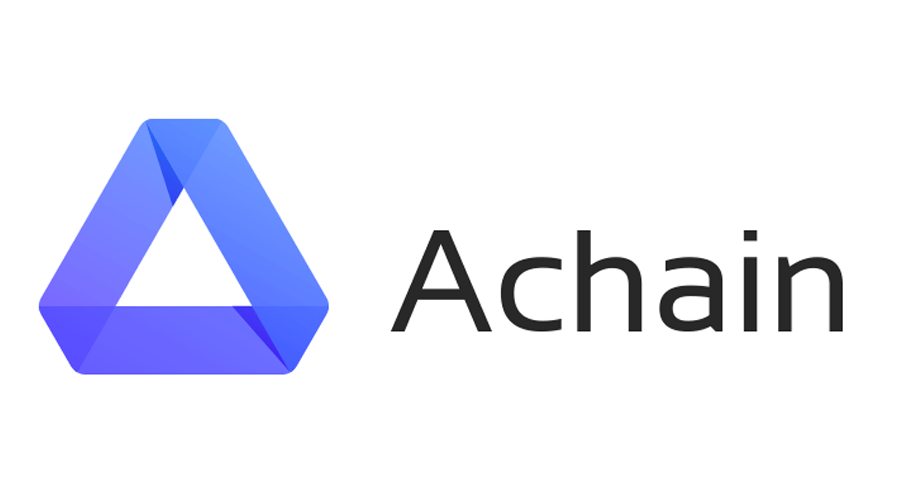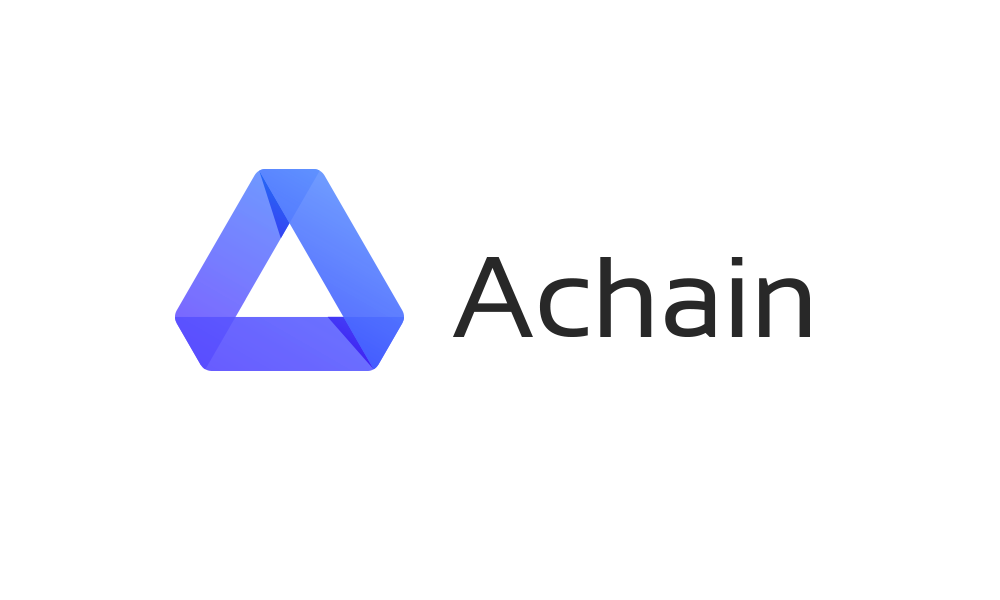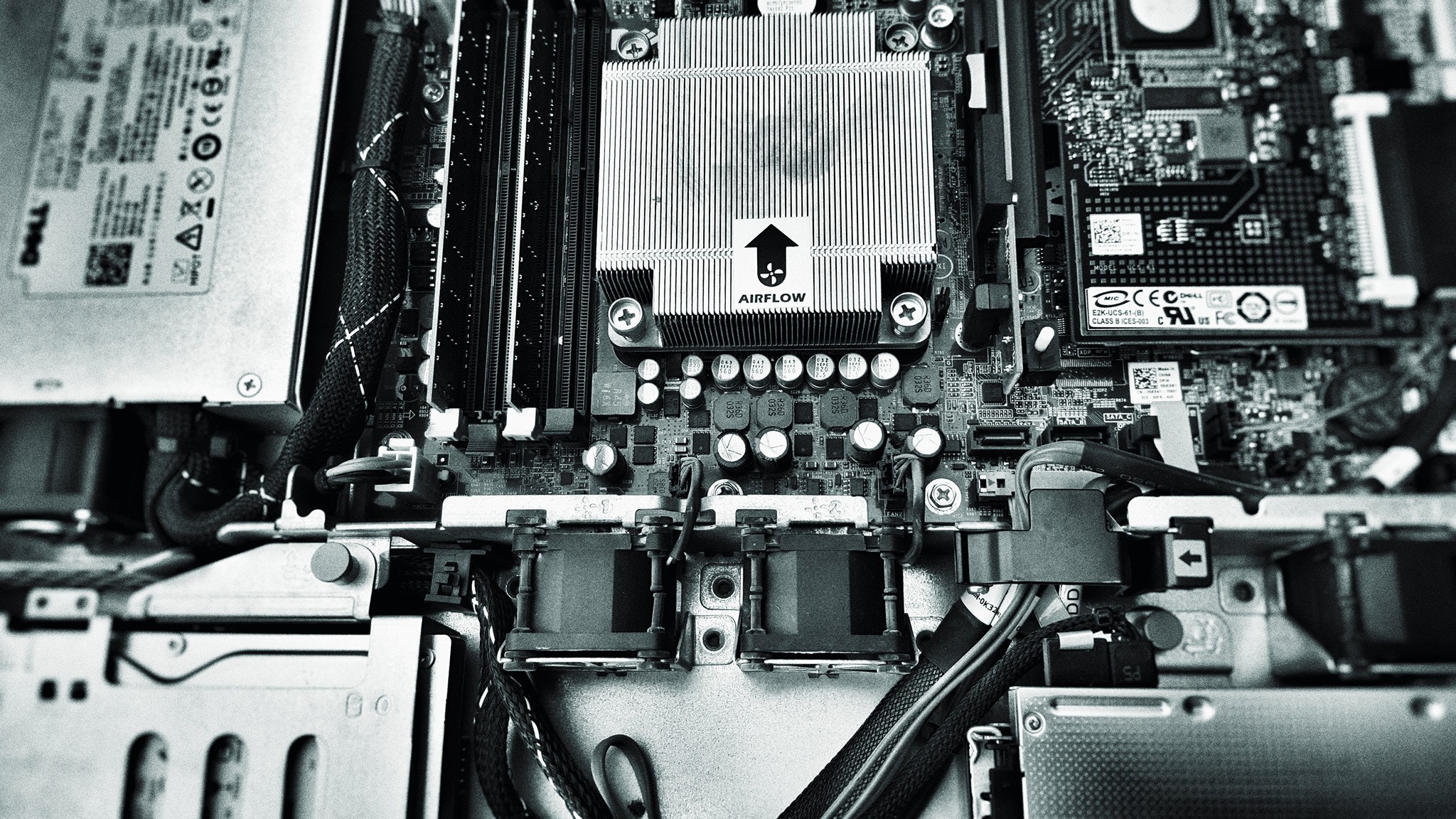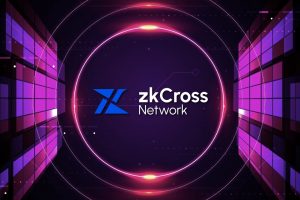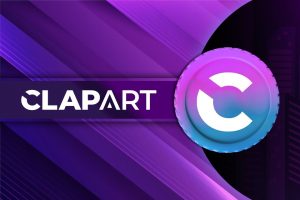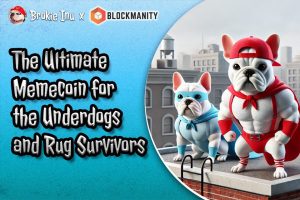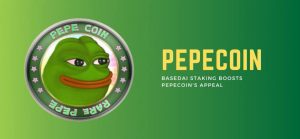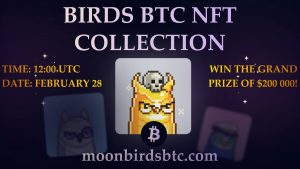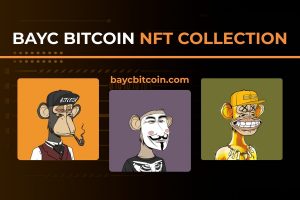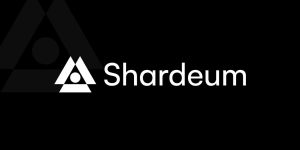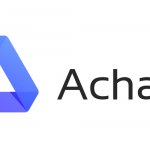Achain Tutorial: Part 1 : An Introduction to AChain
We have decided to release a series on promising smart contract platforms beyond the usual suspects Ethereum & NEO.
Here the first series covers in depth the AChain platform. In later parts of the series, you will understand the difference between AChain & other smart contract platforms as well as learn how to create & deploy your contracts on AChain.
Let us begin with the introduction to AChain:
What is AChain?
AChain is a public blockchain with a modular design framework and supports scalable smart contracts. AChain seeks to provide developers the ability to fork ( technical term of making a ‘copy’ ) the blockchain for their own specific applications without the burden of other applications on top of the main chains. This system would require a process of requesting, approving and executing through consensus of the agents. Data storage, consensus method and block capacity of the new sub chain can be customized according to the needs of the developer.
Non Technical version: Any person or a business can create a copy of the AChain’s blockchain and customize it to their needs. The merge with the main chain would require the approval of the existing agents on the Blockchain. Once customized the new custom Blockchain will merge with the previous AChain network thus expanding the AChain network.
Features of AChain
AChain seeks to differentiate itself with the following features:
- Consensus Algorithm: The AChain team uses a variant of a DPoS ( delegated proof of stake ) algorithm called RDPoS (Resulted Delegated Proof of Stake). Candidates are voted by the AChain holders to become agents. There will be 99 agents in the number who will verify transactions.
But the difference here according to the whitepaper is as follows:
“in that case of long-time execution or high-usage of storage, all nodes, not just the agent node,
take part in verification. The RDPoS can reduce the congestion level of whole networks. Moreover,
by optimizing consensus mechanism, the members in group of agents always change.”
As per their whitepaper, they seek to achieve 1000+ Transactions per second.
2. The chain is compatible with multiple languages including Lua, Python, Solidity, C++, Java etc. This opens up the ability to scale the developer community. Developers are able to avoid the barrier of learning blockchain native languages like Solidity (Ethereum) or Haskell (Cardano). They can build applications using these popular languages.
3. The blockchain has an integrated VM (LVM – Lua Virtual Machine) which is scalable and dedicated for smart contracts.
4. The blockchain uses a forking mechanism where subchains can be created and customized using a VEP (Value Exchange Protocol)
5. Also, a person does not have to download the entire Blockchain. They can just download the wallet and dive right into the AChain development.
Roadmap
Singularity(2014 – 2016)
- Smart contracts, digital assets, and sandbox simulations
- Modular design framework
Galaxy (2016 – 2017)
- The ability to split the main chain into a variety of customizable subchains
Cosmos (2017 – 2018)
- Enabling BaaS ( Blockchain as a service ) platform, where businesses can fork AChain and create custom chains.
- VEP (Value Exchange Protocol)
These developments are expected to be completed by June 2018 as per the whitepaper.
- Support cross chain co-operation and event-driven mechanism – expected to be completed by the end of this year.
Conclusion
AChain is a very interesting project. Having reached its ICO hard cap in just 61 seconds, it does have a lot of support from the community in China. PundiX, a cryptocurrency Point of Sale (PoS) based application is being built on top of AChain. Linkeye, SelfSell are some other applications that are being built on AChain currently. AChain recently announced that they reached 100 Smart contracts on their platform.
And this ends the basic introduction on AChain.
Next week we would be covering, as to how AChain development is different from that of popular smart contract platforms (eg. Ethereum and NEO), and have an understanding of the basic development environment setup.
Stay tuned for more !
Discuss this news on our Telegram Community. Subscribe to us on Google news and do follow us on Twitter @Blockmanity
Did you like the news you just read? Please leave a feedback to help us serve you better
Disclaimer: Blockmanity is a news portal and does not provide any financial advice. Blockmanity's role is to inform the cryptocurrency and blockchain community about what's going on in this space. Please do your own due diligence before making any investment. Blockmanity won't be responsible for any loss of funds.

